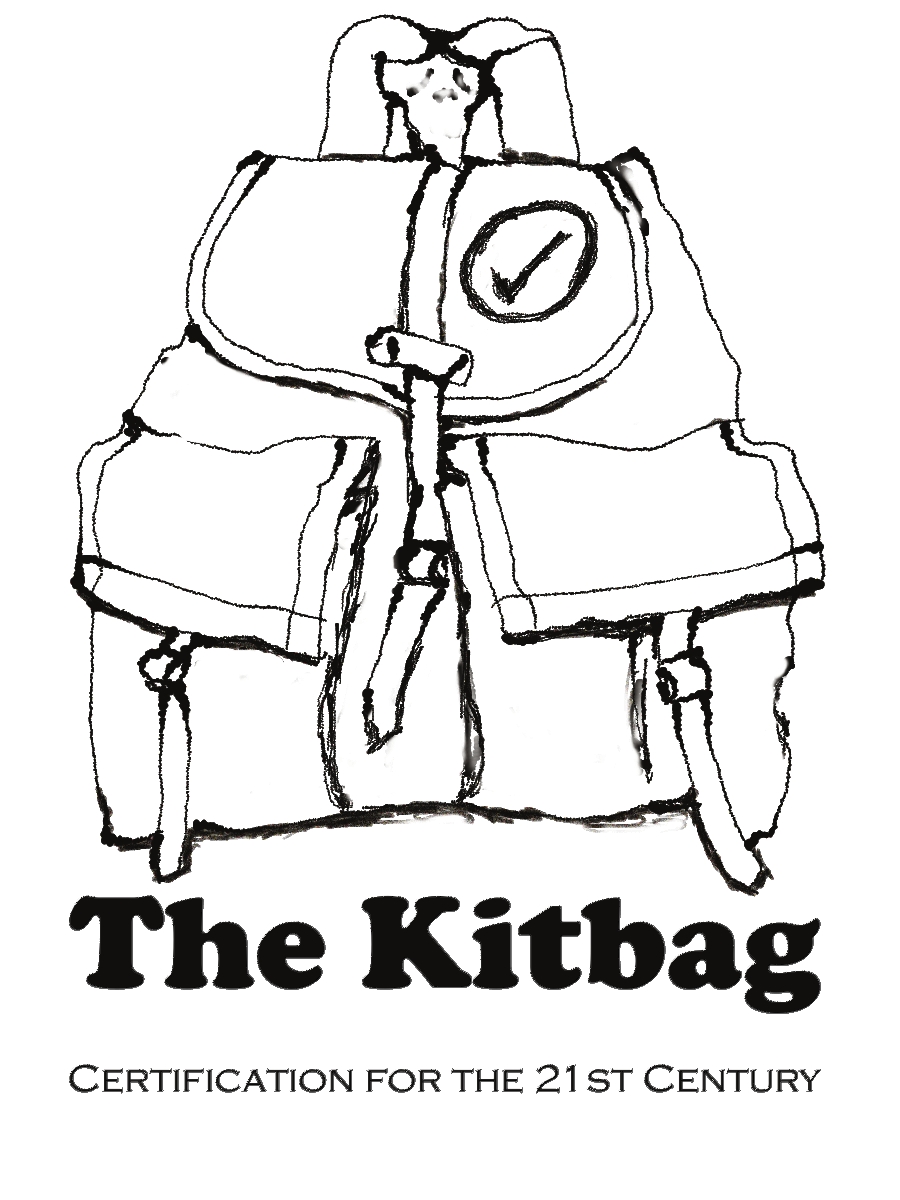ISO defines a standard as: A document established by consensus and approved by a recognized body that provides for common and repeated use, rules, guidelines or characteristics for activities or their results, aimed at the achievement of the optimum degree of order in a given context. (from ISO/IEC Guide 2:1996, definition 3.2)
While this is a good technical definition it does not cover all of the key points that are important. There are a few things that I would add.
First of all a standard should be written for the user, that is it should clearly describe what someone who is going to use the standard needs to do in order to conform to it.
Writing a clear document can be best done when you know for whom you are writing and when you write to that audience. A scientific paper written for a journal is written for an audience of scientists not politicians. A policy brief can be written for politicians but would not contain the detail or extended explanation of the research methodology that scientists need.
A standard should include clear statements for each requirement of:
- what must be achieved,
- how it is measured and
- the level of that measure that must be met.
This clarity is important for two reasons: 1) the user can understand what is expected and 2) when audits take place in many locations by different auditors we know that the same specified requirements are being examined.
For the user's sake the standard should include everything that the user needs to do and nothing more.
A standard that says, for example, that 'logging shall not be done on stream banks' sounds like a good idea but this language is unclear and the user will not know what that means in each case. For example should the distance from the stream be 1m, 5m, 25m or more? Does this distance apply to every class and type of stream? Does this apply to rivers? Where do you measure the stream bank from, is it the high water mark, where the water is on the day the auditor arrives or some other point? Should the cut-bank of a stream be treated the same as all other banks? Does the steepness of the stream bank matter? Does this apply to a watercourse that is seasonal?
A standard should be written in language that is easily understood by users. For example, a standard for cryptography will most likely be written in highly technical language of the sort that mathematicians will understand but us mere mortals will not be able to follow. While a standard for growing tomatoes will use terminology that is known to farmers and farm managers and may not make much sense to mathematicians (except for the small subset of mathematician-farmers out there).
Finally, a standard should not include requirements that apply to others, including the auditor. Instructions to the auditor about how to conduct an audit should be in a separate document written just for auditors.
